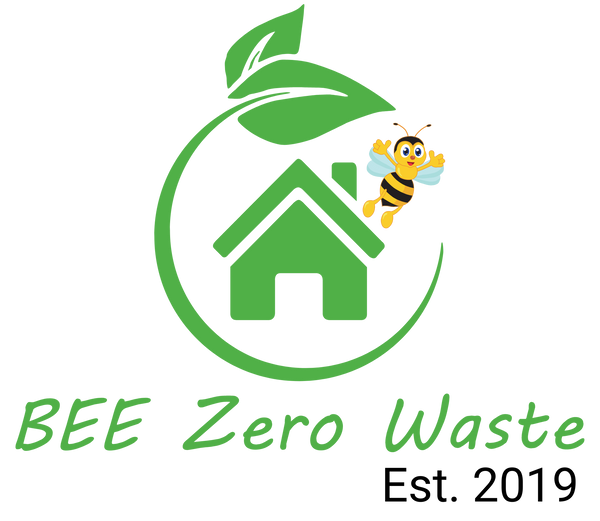Prayer Candles: The Healing Touch of Beeswax by BEE Zero Waste
Candles have long captivated us with their simplicity and their profound ability to transcend cultures, traditions, and times. They are not only a cornerstone of relaxation and ambiance but also carry deep, cross-cultural significance that spans across the globe and through the annals of history. Among these, their role in various religious practices stands out, embodying passion, reverence, and the human quest for light in the spiritual darkness. Handmade by BEE Zero Waste, our beeswax candles further enrich this ancient tradition with their natural purity and gentle light, offering a bridge between the material and the spiritual in many of the world's major religions.
Christianity and Beeswax Candles
Long before the dawn of Christianity, candles were a source of light and mystery. However, it is within Christianity that candles found a significant liturgical and symbolic role. By the 2nd Century, early Christian scholars likened candles to Christ himself, referring to Him as the "Uncreated and Eternal Light." Today, Christians use beeswax candles to commemorate saints, mark biblical events, and enhance prayer rituals. The act of lighting a candle in this context symbolizes a commitment to pray for someone, fostering a solemn, reflective atmosphere conducive to spiritual connection.

The Light of Judaism
In Judaism, candles similarly evoke a sense of peace and solemnity. The tradition of lighting candles spans from the quietude of Shabbat to the celebratory glow of Hanukkah. Beeswax candles, with their natural, gentle light, perfectly complement these moments of reflection and celebration, enhancing the home's spiritual ambiance. They are lit to mark the beginning and end of Shabbat, as well as during major Jewish holidays, symbolizing rest, peace, and remembrance.
Buddhism's Enlightened Flames
Buddhism incorporates candles into its practices in unique and meaningful ways. Placed in front of shrines, they pay respect and signify deference, while also representing the Buddhist principles of impermanence and enlightenment. The Candle Festival in Thailand, preceding Buddhist Lent, showcases the communal and spiritual significance of candles. Here, beeswax candles, with their natural essence and warm glow, symbolize willpower, unity, and the shared beliefs of the community, embodying the enlightenment of the Buddha himself.

Beyond the Big Three
While Christianity, Judaism, and Buddhism may be among the most recognizable religions utilizing candles in their spiritual practices, they are far from alone. From Hinduism with its Diwali festival of lights to Islam’s use of candles during Ramadan and beyond, candles serve as a universal symbol of light, guidance, and introspection across countless faiths and cultures.
Handmade beeswax candles by BEE Zero Waste honor this rich, diverse tradition with a product that is not only eco-friendly and natural but also deeply imbued with the sacred. As the world grows increasingly complex, the simple, purifying light of a beeswax candle offers a moment of peace and reflection, a beacon of hope and unity in our shared human journey.
In embracing beeswax candles, we connect not only with our personal spiritual practices but also with a tradition that spans cultures and millennia. Whether used in prayer, meditation, or simply to bring a touch of tranquility into our homes, beeswax candles illuminate our lives with their gentle glow, inviting us to pause, reflect, and find solace in their warmth. Discover the spiritual and aesthetic beauty of BEE Zero Waste’s beeswax candles and let their light guide you to peace and mindfulness in your daily life.

